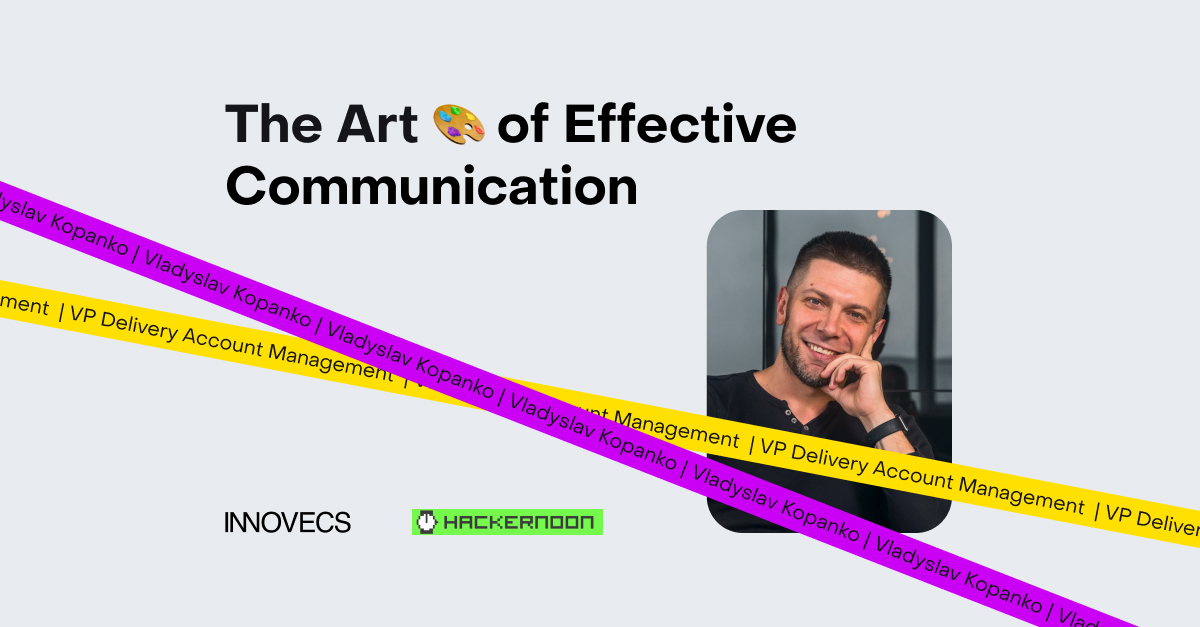Communication, in its essence, is the art of conveying information from point A to point B, or to a specific audience. However, the true measure of communication lies in its effectiveness.
In today’s world, we are witnessing an exponential surge in communication channels. The options seem endless. Concurrently, there’s a growing tendency to filter out information—a sort of selective attention. The question arises: can we deem meticulously crafted communication, complete with correctness, brevity, adequate detail, and vivid illustrations, as effective if it goes unread? The answer seems clear; regardless of how professional and well-crafted the information is, its impact dissipates if it fails to capture the addressee’s attention. Whether it’s a client, an employee, or a group of stakeholders, efficiency becomes a moot point if the message remains unnoticed.
Yet another scenario unfolds when the information is delivered but fails to be comprehended or is misunderstood. In this context, effective communication entails ensuring that both parties share an identical perception—confirming that the addressee interprets everything exactly as intended. The essence of effective communication is never a subjective, one-sided evaluation.
As we reflect on this landscape, we notice that information is increasingly adopting novel, simplified delivery methods. As connections form between various parties, formalities and conventional patterns often fall by the wayside. In our fast-paced, bustling lives, new approaches demand adaptability. Within the corporate realm, the tempo continues to accelerate: information is swiftly assimilated, decisions are made promptly, and all reporting methods ultimately gravitate towards enhancing productivity.
